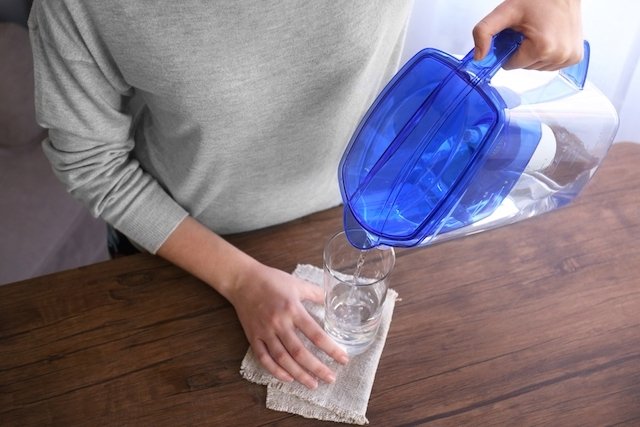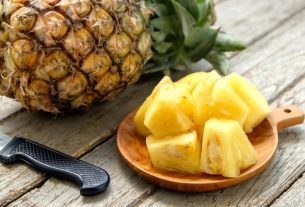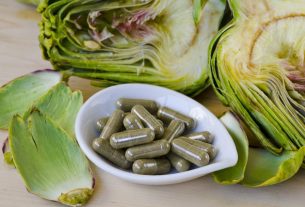Distilled water is a type of water obtained through distillation, a process that consists of evaporating and then condensing water vapor, thus eliminating minerals, microorganisms and metals, such as iron and lead.
Distilled water is generally used in laboratories, in the manufacture of cosmetics and in car batteries. But distilled water can also be used for domestic purposes, such as in irons, and can be found in pharmacies, supermarkets and hospital supply stores.
Additionally, distilled water can also be ingested. However, there are still no studies that prove the health benefits of drinking this drink. Therefore, this water should preferably be consumed under the guidance of a doctor or nutritionist.

What is distilled water used for?
Distilled water does not contain minerals and impurities and is produced by industry mainly for:
- Preparation of reagents and solvents in laboratories;
- Production of cosmetics, such as makeup, shampoo and conditioner;
- Car battery manufacturing;
- Autoclave, equipment used to sterilize surgical and dental utensils, for example;
- Domestic use, for watering plants or in irons.
Furthermore, as it is free of microorganisms and has a light taste, distilled water can also be ingested. However, despite the belief that this drink helps detoxify the body and improves health, there are still no scientific studies that prove that distilled water has health benefits.
Possible effects of distilled water
The possible long-term health effects of drinking distilled water are mainly related to mineral deficiency, such as dehydration and physical fatigue.
However, there are still no scientific studies that prove that drinking distilled water is harmful to health. Therefore, it is recommended to consume distilled water only under the guidance of a doctor or nutritionist.
How to make distilled water
Distilled water that is completely free of impurities can only be produced with specific equipment. However, distilled water can also be made at home in a simpler way, all you need is tap water, cloth gloves, a large pan, a glass bowl and a clean container.
The step-by-step guide to making distilled water at home is:
- Fill a large pan halfway with water;
- Place the glass bowl inside the pan, which should float;
- Cover the pan and turn on the heat, letting the water heat up, but without boiling;
- Using a glove, uncover the pan and remove the glass bowl to collect the evaporation water;
- Repeat the previous step until you obtain the desired amount of water;
Distilled water should be stored in a clean, covered and protected container.
Bibliography
- UNIVERSITY OF GEORGIA EXTENSION. Water Quality and Common Treatments for Private Drinking Water Systems. Available at: <https://extension.uga.edu/publications/detail.html?number=B939>. Accessed on 16 Dec 2022
- SCHOOL OF AGRICULTURE: PARDUE UNIVERSITY. Water quality: distillation for home water treatment. Available at: <https://www.extension.purdue.edu/extmedia/wq/wq-12.html>. Accessed on Aug 30, 2022
- SCIENCE NOTES:LEARN SCIENCE, DO SCIENCE. How to Make Distilled Water – 5 Easy Methods. Disponível em: <https://sciencenotes.org/how-to-make-distilled-water/>. Acesso em 30 ago 2022

Sign up for our newsletter and stay up to date with exclusive news
that can transform your routine!
Warning: Undefined array key "title" in /home/storelat/public_html/wp-content/plugins/link-whisper-premium/templates/frontend/related-posts.php on line 12
Warning: Undefined array key "title_tag" in /home/storelat/public_html/wp-content/plugins/link-whisper-premium/templates/frontend/related-posts.php on line 13




